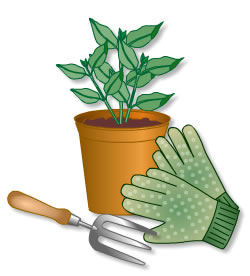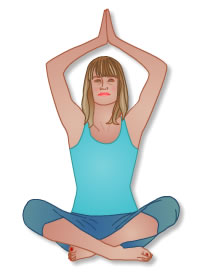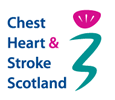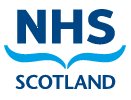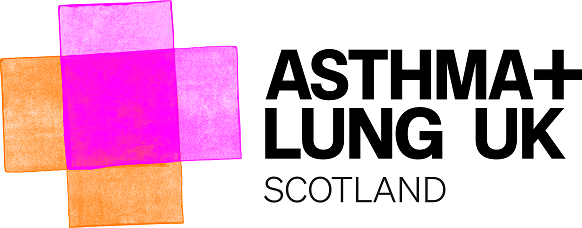Author Archives: Jackie Aim
Am I doing enough?
Now use the self assessment table below to assess yourself against the current amount, intensity and type of exercise that is recommended.
| What are you currently doing in terms of physical activity? | Are you meeting the recommended guidance | |
|---|---|---|
| Frequency | How many days in the week are you physically active? | You should aim to be active five days in the week. |
| Time | How long are you physically active for each day? | You should aim for 150 minutes a week which can be achieved by 30 minutes each day over five days. It can be done in sessions of 10 minutes three times a day or two 15 minute sessions. |
| Type | What type of exercises should you do ? | Try to do some of each type below for stamina, strength and suppleness. |
| Improve your stamina | You should aim to do exercise that works your whole body which will improve your stamina. | |
| Build strength | You should also do some exercise that helps build strength. You can do this by using weights. You can use light weights to start with and you do not need to buy expensive weights, for example fill milk cartons with water or make your own bean bags using carrier bags. | |
| Help keep you supple | Don’t forget you also need to do some stretches that help keep you supple. | |
Why not set yourself a goal around physical activity. Think about the do-able steps you will need to take to help you reach your goal and achieve the above recommendations. If you need advice or you are not sure of the facilities in your area ask your GP, practice nurse for an exercise plan to suit you or check if your leisure centre has any classes to suit your needs. You can also do your exercises at home or around your local area.
Walking is one of the easiest and most flexible forms of free exercise. You can walk at your own pace and gradually build up distance, time or speed. You can walk with a friend, join a walking group or walk on your own. Your walks can be in various locations depending on the weather. You can walk indoors or outdoors. You can stop and rest at any time.
Benefits of exercise
View text alternative
| Physical benefits | Psychological benefits | Social benefits |
|---|---|---|
|
|
|
The inactivity cycle
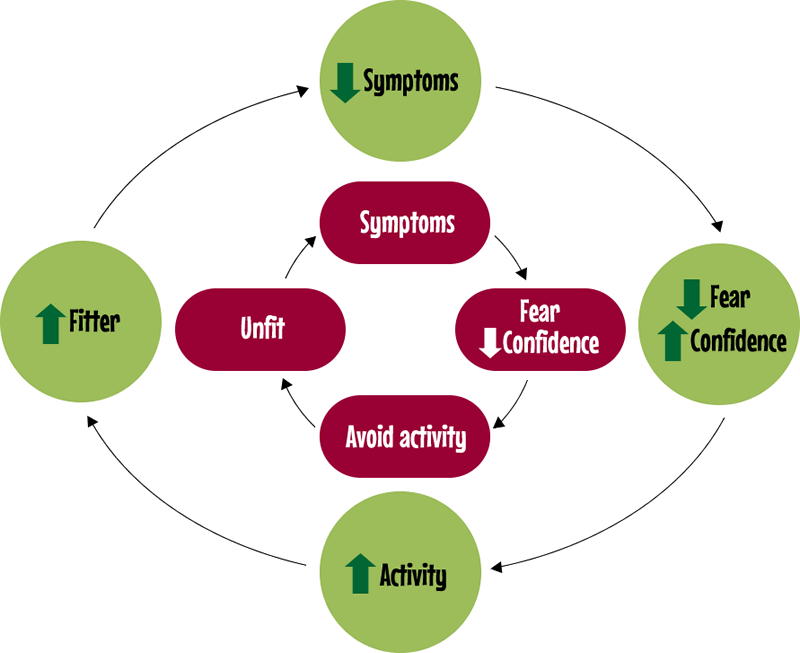
The inner circle shows inactivity.
- The less you do the less you will be able to do.
- Being physically inactive will lead to your body becoming ‘de-conditioned’ or unfit. This will make your symptoms worse.
- This cycle can be broken or avoided.
The outer circle shows how exercise can break the inactivity cycle.
- Slowly and gradually increase your physical activity levels.
- This will make you fitter and increase your confidence. This will also help you to continue to be physically active.
- The benefits of being physically active are not only physical but also psychological and social.
Why is physical activity important?
Many people with COPD worry that physical activity will harm them.
In fact the opposite is true, physical inactivity can cause problems for your health and wellbeing.
Being active and taking exercise is one of the most important things you can do to take control of your COPD. If you are not sure how to where to start, check with your GP or respiratory nurse.
The following short animated clip shows how exercise can help everyone with as little as half an hour a day.
What happens if you don’t do any exercise or activity?
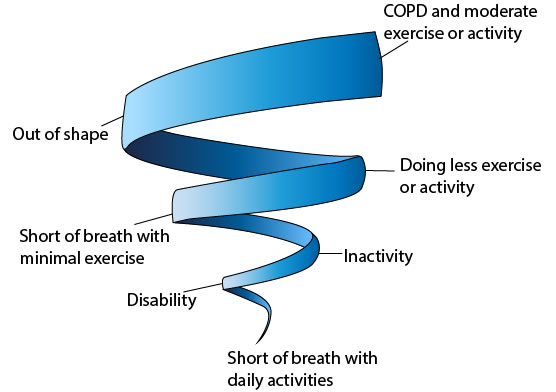
If you do less exercise or activity you will become deconditioned. Your muscles weaken and lose bulk including the muscles you need for breathing and the large muscles in your legs and arms.
You will become more breathless as you do less activity.
If you continue to be inactive you will feel worse, need more help and eventually even simple daily tasks will be difficult.
You can prevent this.
View text alternative
- COPD and moderate exercise or activity
- Out of shape
- Doing less exercise or activity
- Short of breath with minimal exercise
- Inactivity
- Disability
- Short of breath with daily activities
Your abilities
Your abilities will vary depending on how you are feeling on each day. For example:
| ‘I feel ok’ | ‘I am feeling a bit worse’ or ‘I am recovering from a flare-up’ | ‘I feel much worse’ |
|---|---|---|
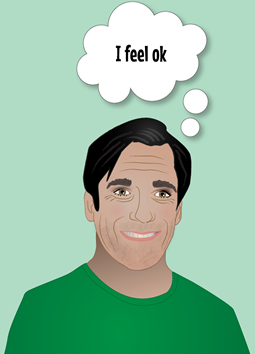 |
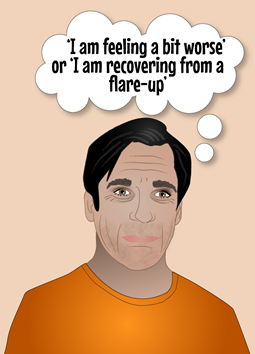 |
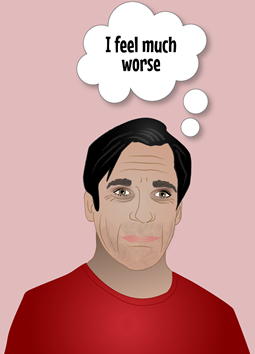 |
| You will be able to do all your normal activities and exercise such as an exercise class, walking club, or gardening. | You may be able to do some physical activities or exercise, but not as much as normal.
Go to an exercise class but only do weights or go out for a walk but avoid hills. |
You may only have the energy, or feel like doing the things you ‘need’ to do. You may have just enough breath or energy to get washed and dressed. You will need to rest regularly through the day. |
Sometimes your abilities will remain fairly constant and you should continue to exercise as much as you can.
What represents physical activity or exercise?
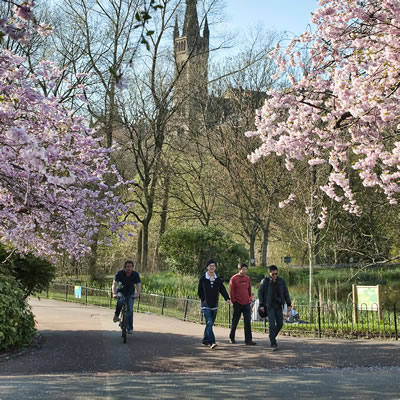
© Crown Copyright 2009
What physical activity or exercise means to you will vary from person to person.
This can depend on many things:
- The types of activities that you normally do.
- How fit you have been before.
- How you are feeling.
- The stage of your COPD.
Physical activity and exercise
| Physical Activity | Exercise |
|---|---|
Physical activity is a general term used to describe movement of the body that uses energy. It can be as simple as going about your day to day routine. Examples include:
|
Exercise is more vigorous physical activity. It is more structured to achieve specific improvements in fitness.This includes pulmonary rehabilitation which is an appropriate level of exercise pitched according to your activity level. Examples include:
|
Where to get help
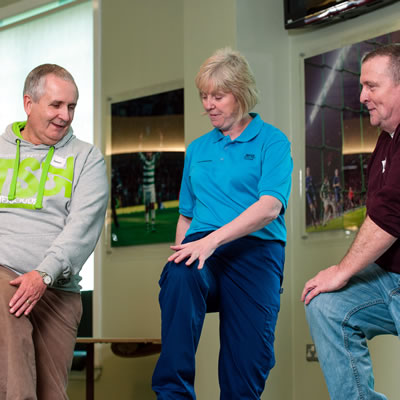
Pulmonary rehabilitation for COPD patients
If you notice breathlessness affecting how you manage your daily living tasks, or if you would like further information or assistance to discuss any of these issues, please contact your local council social care services for assessment by an Occupational Therapist or Social Worker. Your GP or practice nurse can make a referral to Occupational Therapy for an assessment or order some basic equipment for you. Some areas in Scotland have a self referral for basic items of equipment. Check your council website in the equipment section.
Small items of equipment can be brought by mail order or on line. There are many companies which offer this service. Check and compare prices before you buy.
Some high street shops and larger branches of pharmacies offer small items of equipment.
You can ask your GP or other health care professional about a referral to a Pulmonary Rehabilitation Programme in your area. Pulmonary Rehabilitation will show you lots of practical ways to cope with daily tasks.


